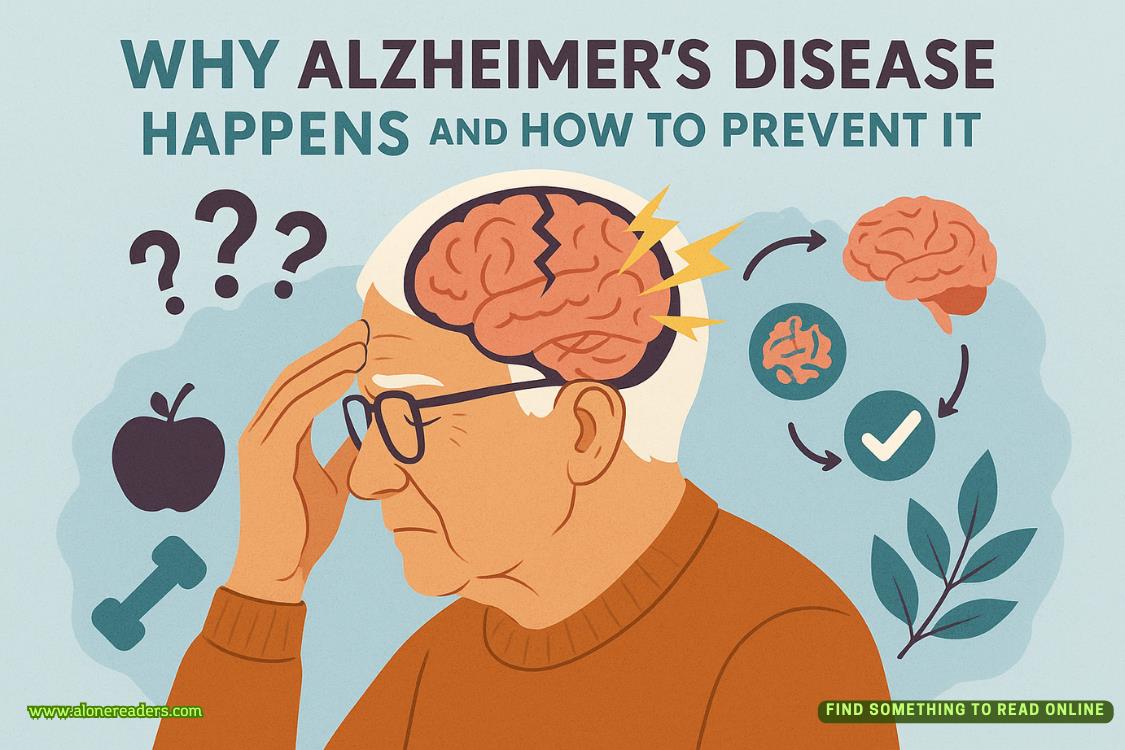Later that night Lyra had come to Vivian’s room and sat down on the velvet-covered dressing table stool. She had watched Vivian fill the two suitcases sitting on the bed.
“You’re serious about your art photography, aren’t you?” Lyra asked.
“You know I am.”
“You’re sure you don’t love Hamilton?”
“Absolutely certain. I suppose if I had to marry someone, Hamilton would probably do as well as any other man.” Vivian took a pile of lingerie out of a drawer and dumped it into a suitcase. “Mother and Father approve of him. He’s in line to take control of his father’s business. He goes to all the right social affairs and we do have a few things in common. I certainly enjoyed the outings on his yacht and he’s an excellent dancer. He was even willing to overlook the scandal. But I’m not in love with him and, frankly, I’m sure he doesn’t love me.”
“You’re positive about that?” Lyra said.
“Yep.” Vivian paused in the act of taking a hatbox down from the closet shelf. She eyed Lyra closely and then she smiled. “I see. I hadn’t realized you liked him so much, at least not in that way. You did a very good job of concealing your feelings.”
Lyra flushed. “Mother was so sure you were going to marry him. I did not want to let anyone know I found him attractive. Besides, Hamilton has always treated me as if I were his kid sister.”
Hamilton was, indeed, a handsome, charming man, Vivian reflected. On the surface he appeared to be everything a woman in her world could ask for in a husband. They had known each other most of their lives because they had grown up in the same social circles. Whenshe was in her teens she’d had a mad crush on him, but when they had gone their separate ways to college she had not really missed him.
After graduation Hamilton had taken a position in his father’s law firm. He had dated a lot of women, including her, but he had not shown any interest in marriage until quite recently. It had come as a shock when he had asked her to marry him. Talk about a quick way to kill a perfectly good relationship.
She dropped the hatbox on the bed and walked across the room to hug Lyra.
“Trust me, neither my heart nor Hamilton’s will be broken when I move to Adelina Beach,” she said.
“Must you leave San Francisco to pursue your art?” Lyra asked.
“For now I think it’s best. If I set up a studio here, Mother and Father will be embarrassed. Or, even worse, they would pressure their friends to ask me to do portraits and wedding photography. I don’t want to do that kind of work, at least not as a career. I want to do the kind of pictures that hang in museums and galleries. Pictures that make people stop and take a second look. I want to create art.”
“Why Adelina Beach? Why not Hollywood or Beverly Hills?”
“Adelina Beach is adjacent to L.A. It has all the advantages of being close to the city but it has a reputation as an art town. The best and most exclusive galleries in Southern California have shops there. It’s the place to be for someone like me, an artist trying to establish a career.”
“I will miss you so much,” Lyra said. Tears filled her eyes.
“It’s not as if I’m moving to New York or the moon,” Vivian said. “You can come and see me as often as you like. All you have to do is get on the train. And I will come back to San Francisco on holidays and birthdays.”
“I know, but it won’t be the same.” Lyra used the sleeve of her robe to wipe her eyes. She managed a shaky smile. “But I will admit I have always wanted to see Hollywood.”
“We will tour Hollywood together the first time you come to visit me.”
Lyra’s visits had occurred with increasing frequency in the past several months. She had loved the sun and the beach and she had enjoyed acting as an assistant in the studio. Aware of Vivian’s financial circumstances—Gordon Brazier had followed through with his threat to cut off all funding—Lyra invariably showed up at the beach house with a gift of a new dress or a fashionable hat. Vivian’s mother had recovered from her initial emotional reaction and had begun to send lavish presents—shoes, jewelry, or a smart new handbag.
The result was that Vivian possessed a rather extensive wardrobe for a struggling photographer.
She pushed aside a new tennis outfit—unworn—and settled on what she had decided to make her signature professional style—a pair of black slacks with wide, flowy legs, a black silk blouse, and a jaunty little turquoise scarf. Square-toed, stacked-heel shoes fashioned of perforated black patent leather finished the look.
She crossed the bedroom to the dressing table and brushed her shoulder-length whiskey-brown hair so that it fell in deep waves. Next she uncapped her new crimson lipstick. There would be no hat and no gloves today. Hats and gloves were too formal, too traditional. She was anartist. She had to project the right image—that of a modern, unconventional woman; a free spirit. A woman who did not conform to the rules.
She had concluded early on that in art photography, as in every other area of life, looking the part was 75 percent of the challenge. Most of the rest involved the same quality it took to walk boldly past a police line armed with only her Speed Graphic—attitude.
Chapter 4
At precisely one o’clock that afternoon she stood in the back room of the Penfield Gallery trying to conceal her tension, afraid to let herself get too hopeful. Fenella Penfield was acknowledged as a force of nature in the Southern California art world. Her verdicts were treated as law by serious collectors and fashionable members of the public.
At the moment, she was bent over the first of the three prints Vivian had brought to show her. She studied it for a long moment and then straightened abruptly.
“Forget the landscape,” Fenella said. She pushed the picture of the storm-tossed Pacific aside as if it were yesterday’s newspaper. “It’s dramatic enough but unless you’re Ansel Adams, no one is interested in landscapes. They’re inherently boring.”
Vivian winced inwardly but she had been brought up in the hothouse social world of San Francisco. She knew how to conceal strong emotions. There was no point arguing about the marketability of thepicture. It was Fenella Penfield’s gallery, after all. Her opinion was the only one that mattered.















